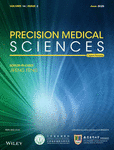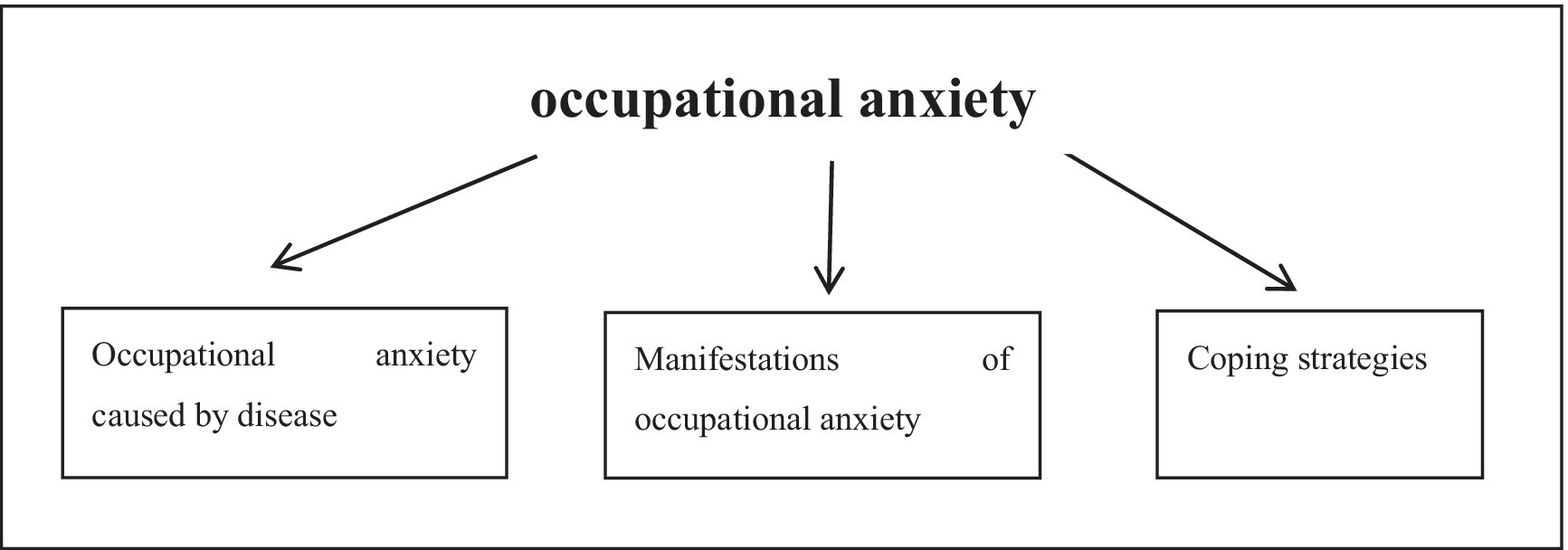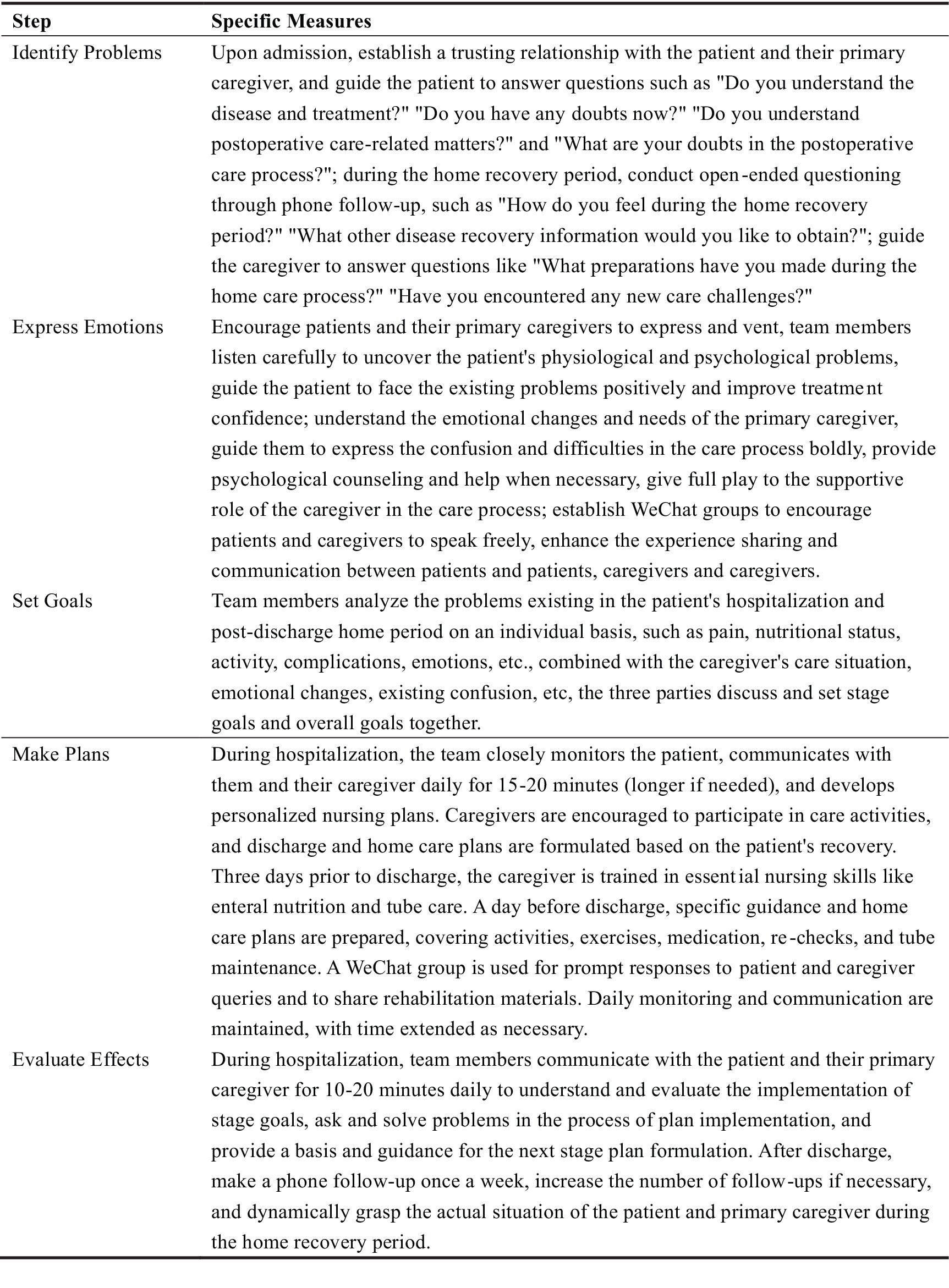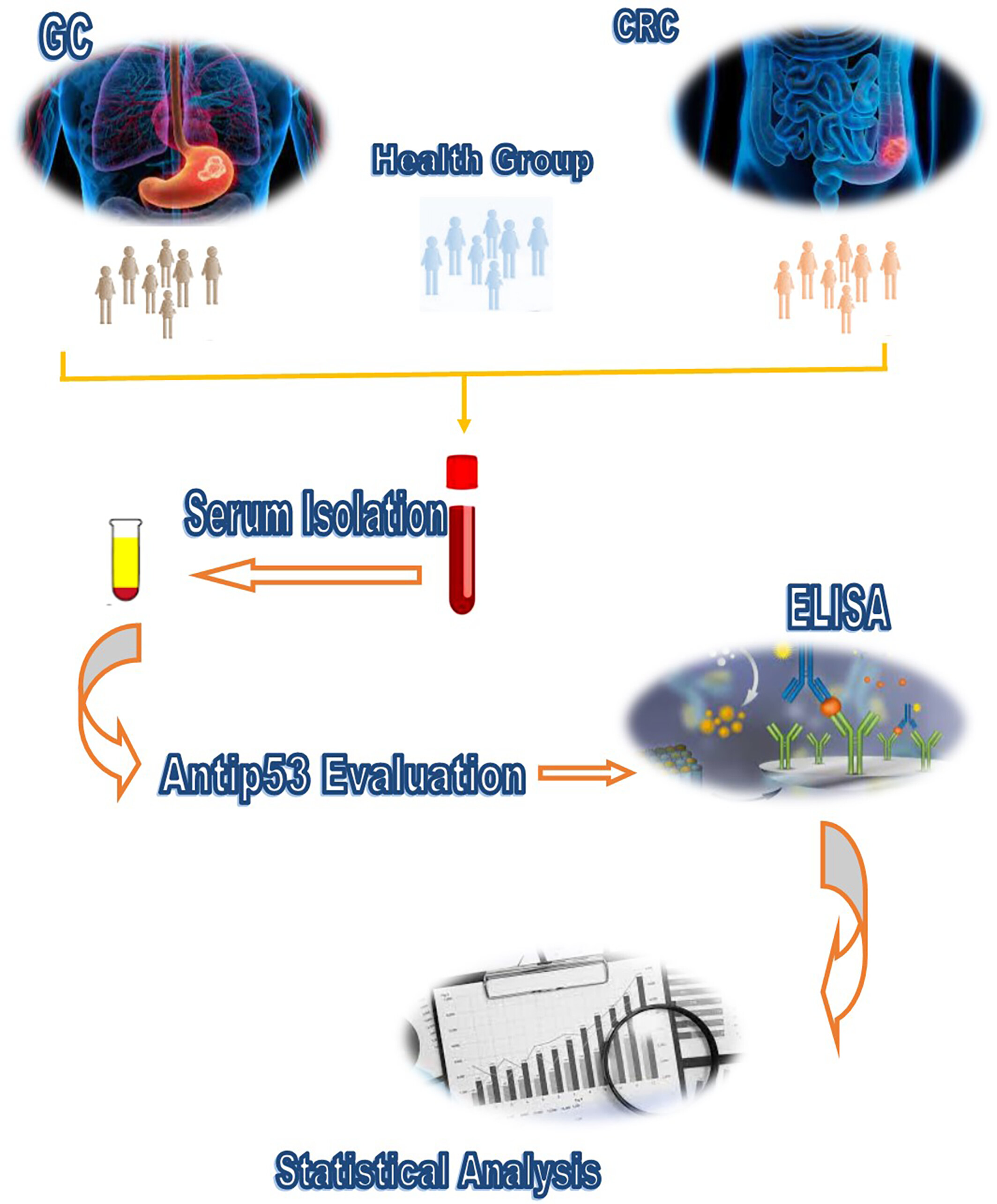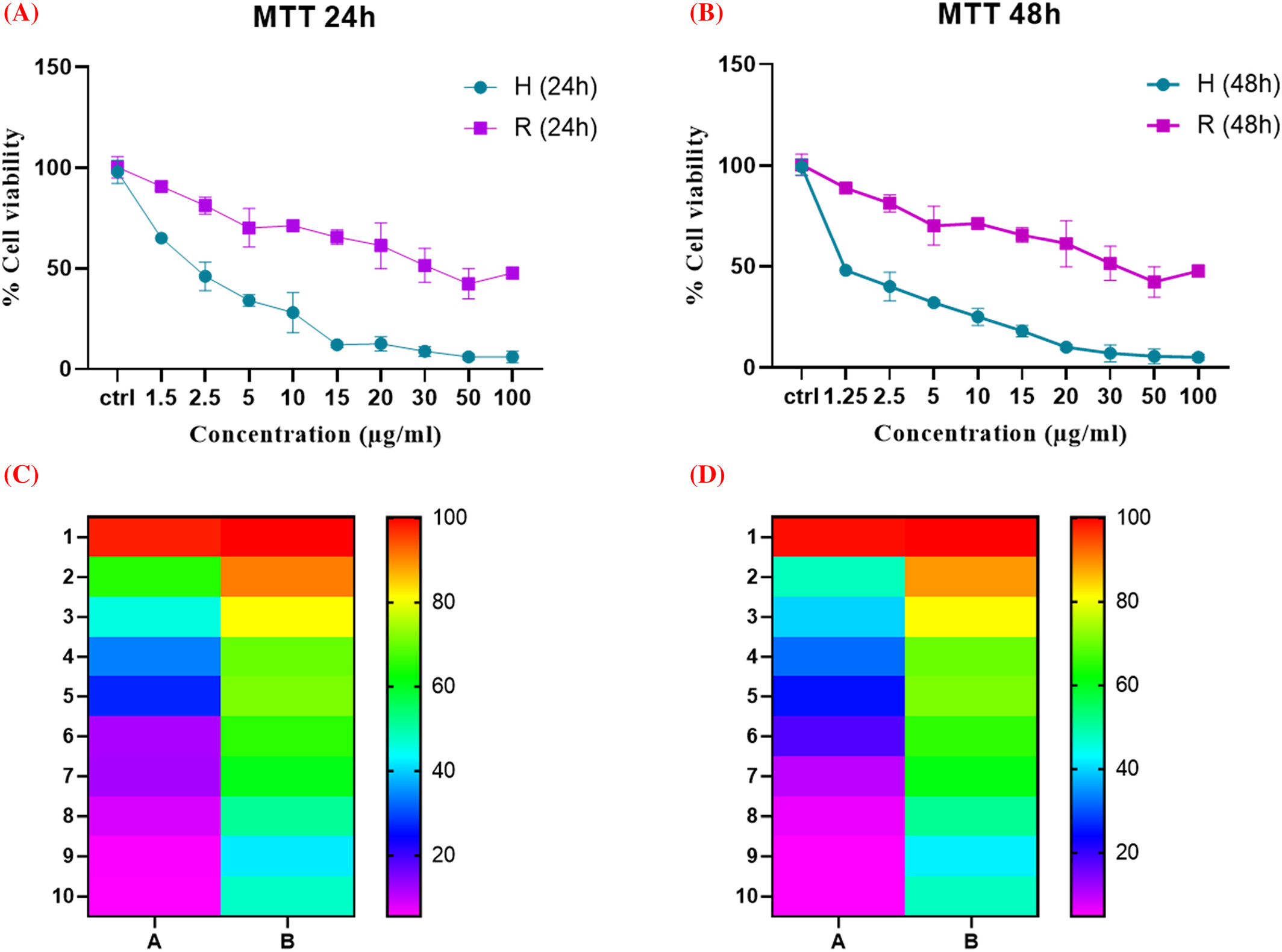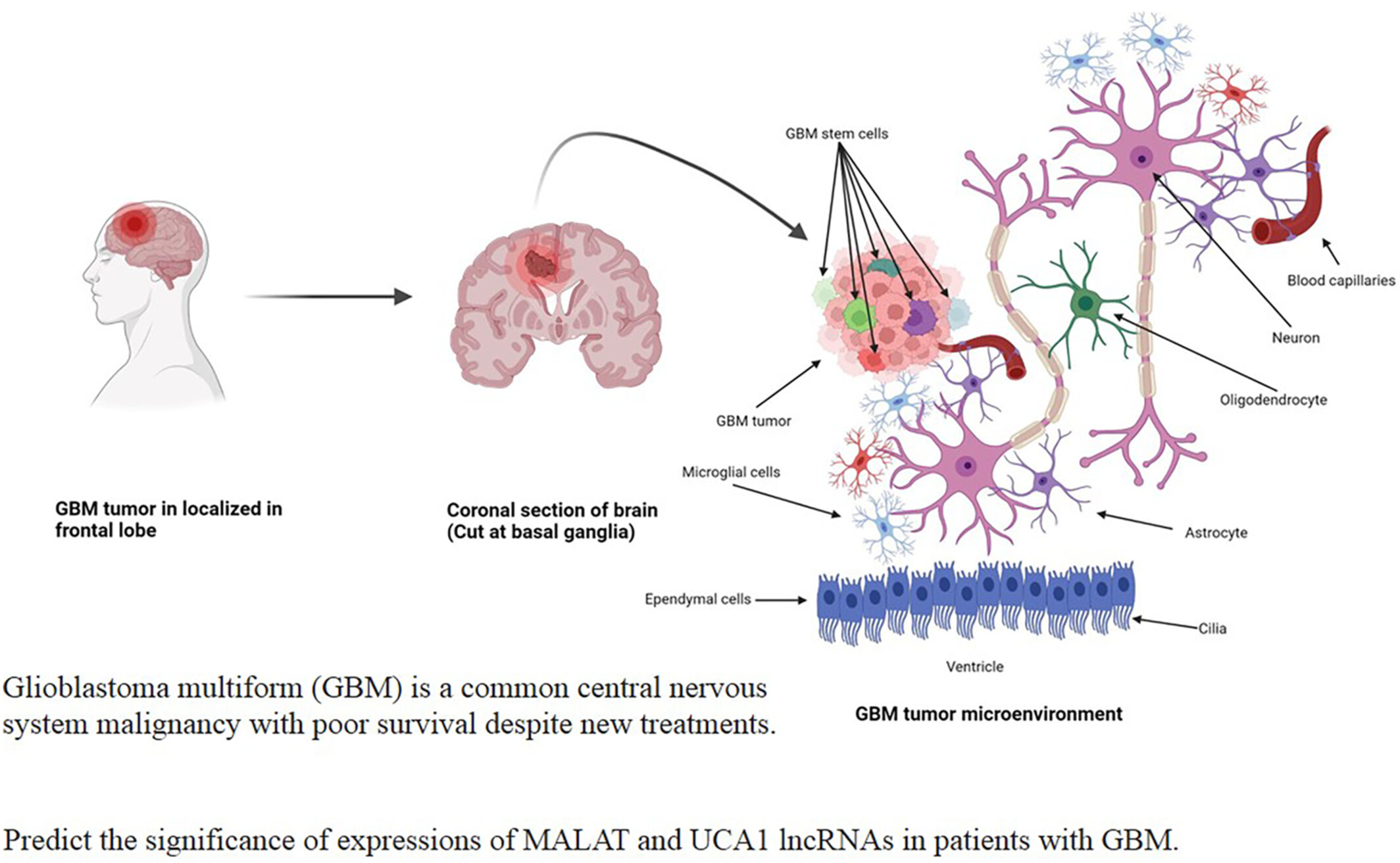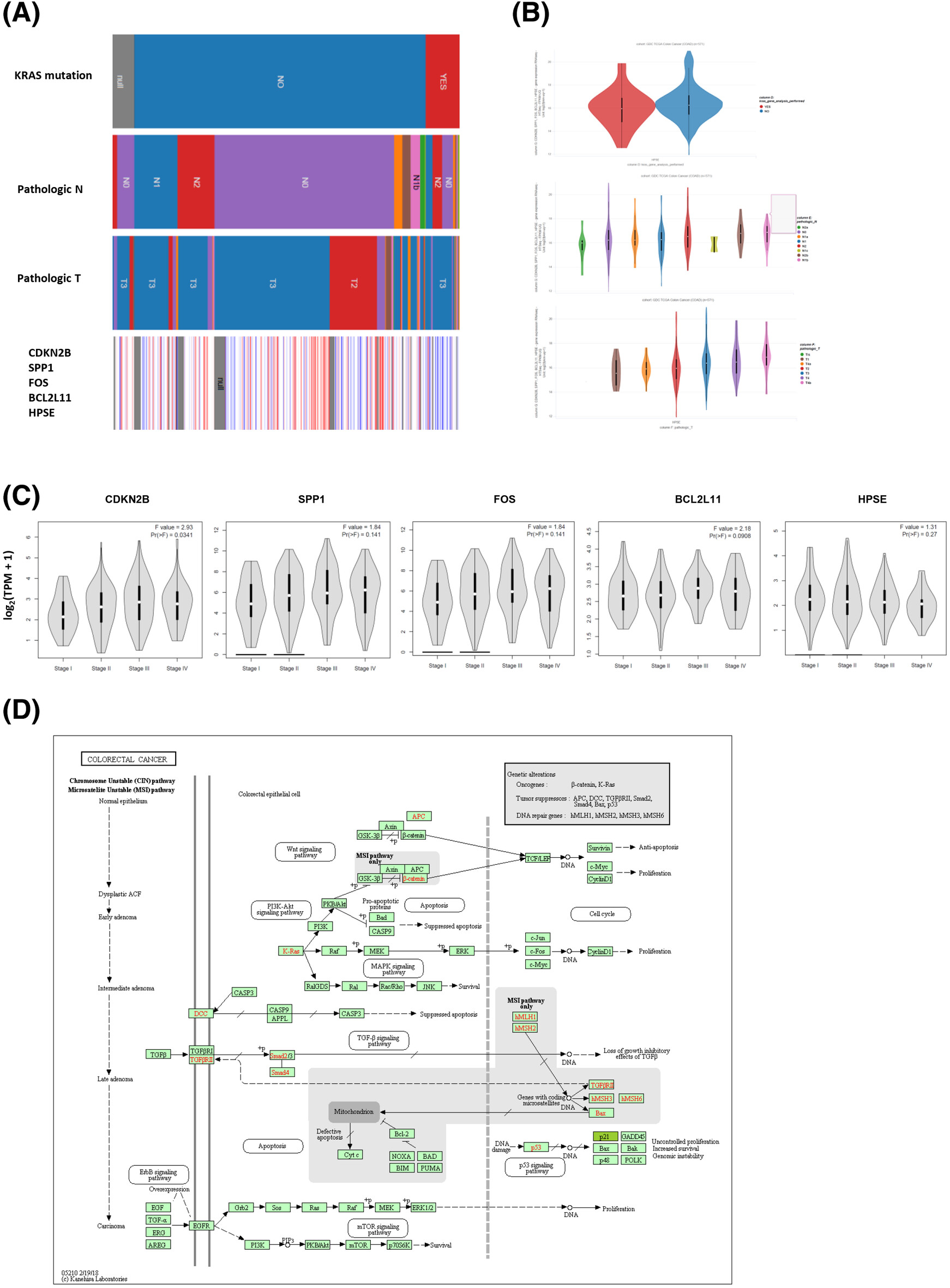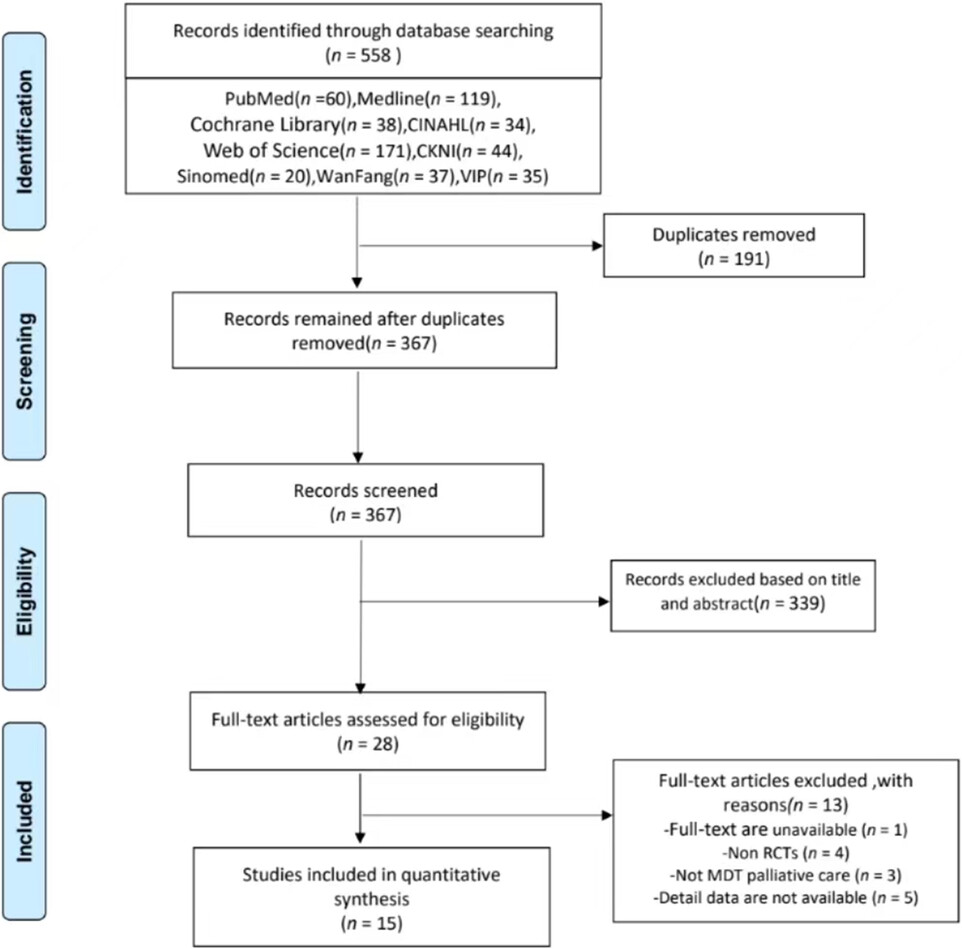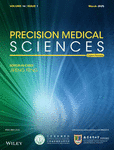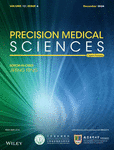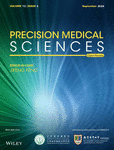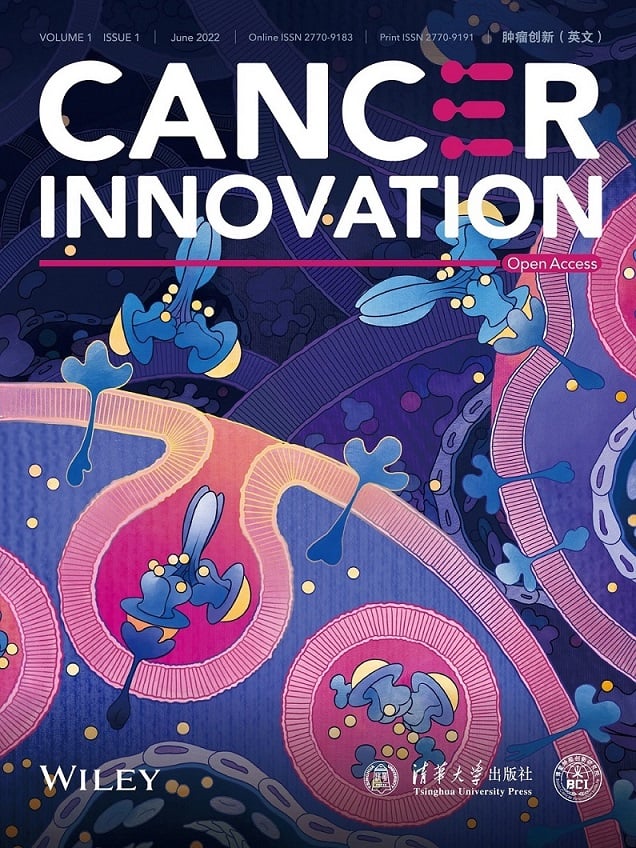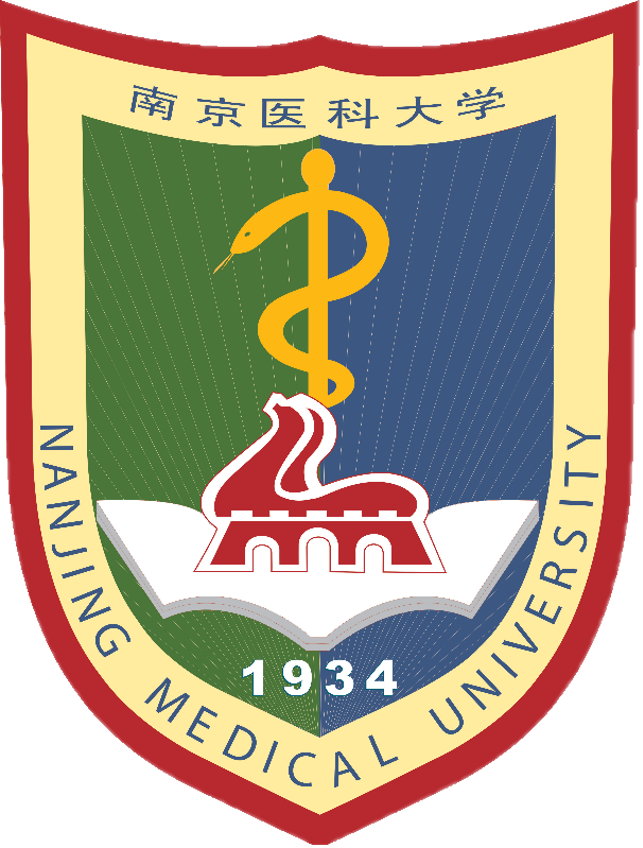Edited By: Jifeng Feng
Nanjing Medical University Affiliated Cancer Hospital & Jiangsu Cancer Hospital
Precision Medical Sciences is an international and peer-reviewed open access journal that covers all areas of clinical and translational research for precision medicine, especially in the field of oncology.
The journal publishes basic and clinical trials studies which aim to promote personalized medicine, including novel technologies of cancer diagnosis, new drugs and molecule-targeted agents evaluation, innovative tumor therapy and research on pharmacology and mechanisms of oncogenesis, progression and metastasis of malignant cancers.
Journal Metrics
- 0.6Journal Impact Factor
- 82%Acceptance rate
- 77 days Submission to first decision
Why publish in Precision Medical Sciences?
- Your research will be free to access, making it available to read, download and share with ease.
- Quality guaranteed with prominent, international Editorial Board and rigorous and fair peer review.
- Your work will be discoverable and widely distributed in the biomedical fields with content indexed by Embase and Scopus
- Published in partnership with Jiangsu Cancer Hospital, China.
Articles
Qualitative study on occupational anxiety among young thyroid cancer survivors before returning to work
- 2 July 2025
Effect of family synchronous empowerment education on postoperative esophageal cancer patients and their primary caregivers
- 25 June 2025
P53 and anti-p53 autoantibody complex versus anti-p53 antibody as a biomarker for gastrointestinal cancer
- 18 June 2025
Hypericin and resveratrol anti-tumor impact through E-cadherin, N-cadherin, galectin-3, and BAX/BCL-ratio; possible cancer immunotherapy succor on Y79 retinoblastoma cells
- 11 June 2025
The role of MALAT1 and UCA1 long non-coding RNAs on the prognosis of patients with glioblastoma: A systematic review and meta-analysis
- 66-74
- 10 June 2025
Application of family‐based dignity therapy program in primary caregivers of advanced cancer patients
- 18 April 2025
Visualization and hotspot analysis of CAR-T research based on CiteSpace
- 85-93
- 9 April 2025
Graphical Abstract

Articles on CAR-T cells were collected from the Web of Science Core Collection (WoSCC). Key bibliometric characteristics were analyzed using CiteSpace. Our findings showed that CAR-T cell therapy is a cutting-edge field that has drawn a lot of interest, that its depth and excitement for research are growing, and that it may face further challenges and opportunities in the future.
Letter to the editor regarding the article, “Metagenomic and transcriptomic analysis reveals crosstalk between intratumor mycobiome and hosts in early‐stage nonsmoking lung adenocarcinoma patients”
- 64-65
- 4 March 2025
Recent innovations in machine learning for skin cancer lesion analysis and classification: A comprehensive analysis of computer‐aided diagnosis
- 15-40
- 17 February 2025
Graphical Abstract
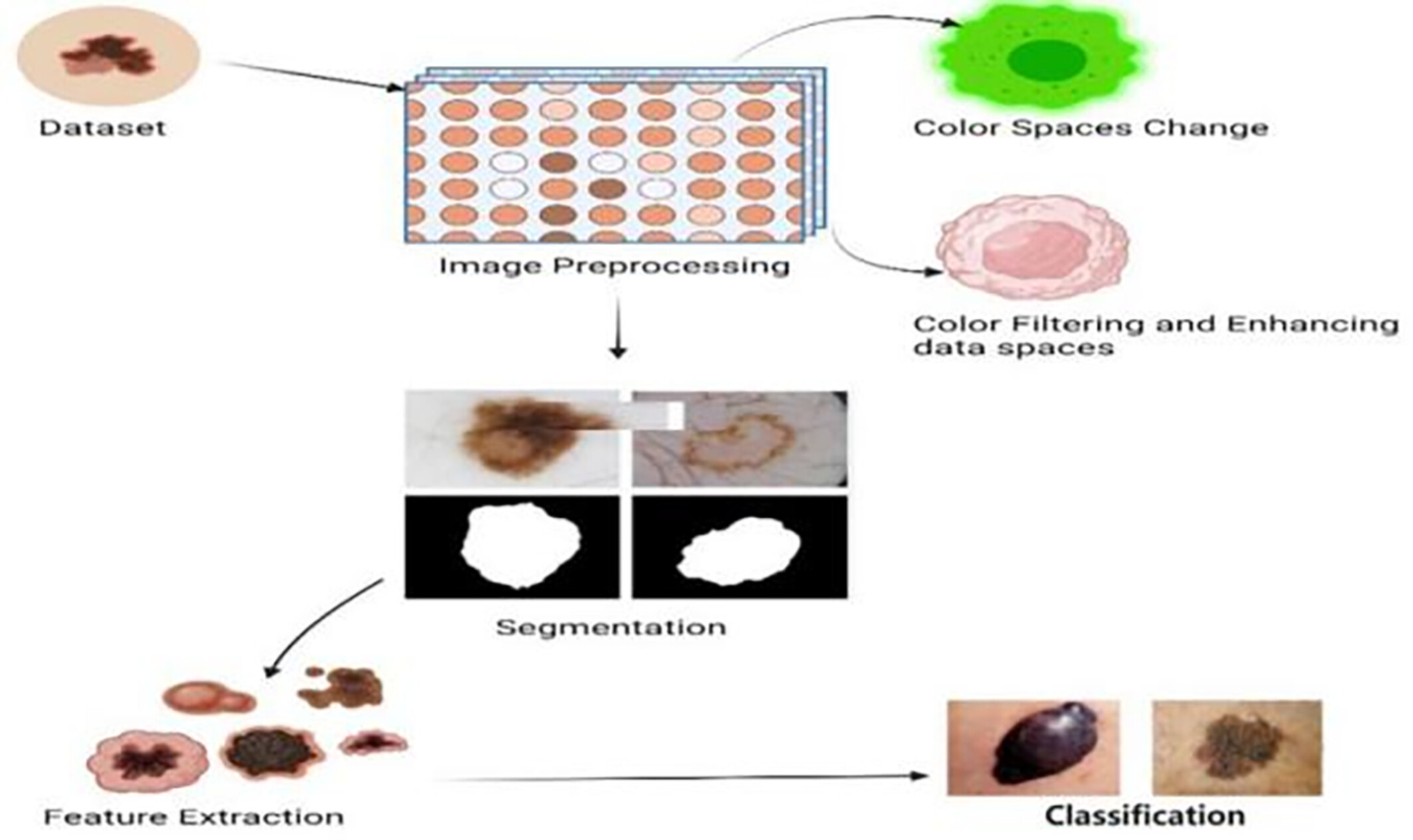
Skin cancer represents a significant health risk, underscoring the crucial need for early detection as a preventive measure. It can be difficult to determine a skin spot's potential hazard just by looking at it and feeling it, though. Recent research has examined early classification methods, including deep learning (DL) and computer vision, to address this issue. This article provides a comprehensive overview of methodologies and tools employed in skin cancer detection research over the last 6 years. The exploration encompasses the entire classification process, spanning data preprocessing, segmentation, feature extraction, feature selection, and final classification. This article has investigated diverse datasets and utilized techniques such as DL and ML in conjunction with computer vision to improve diagnostic accuracy. Despite notable achievements, challenges persist due to the diverse nature of skin lesions. This study aims to critically analyze existing approaches for diagnosing skin cancer, highlighting unresolved issues and providing insights to guide future research in refining and advancing early categorization strategies.
EGFR and JAK2 were significant master gene biomarkers in invasive and noninvasive pituitary adenoma
- 4-14
- 30 January 2025
Graphical Abstract
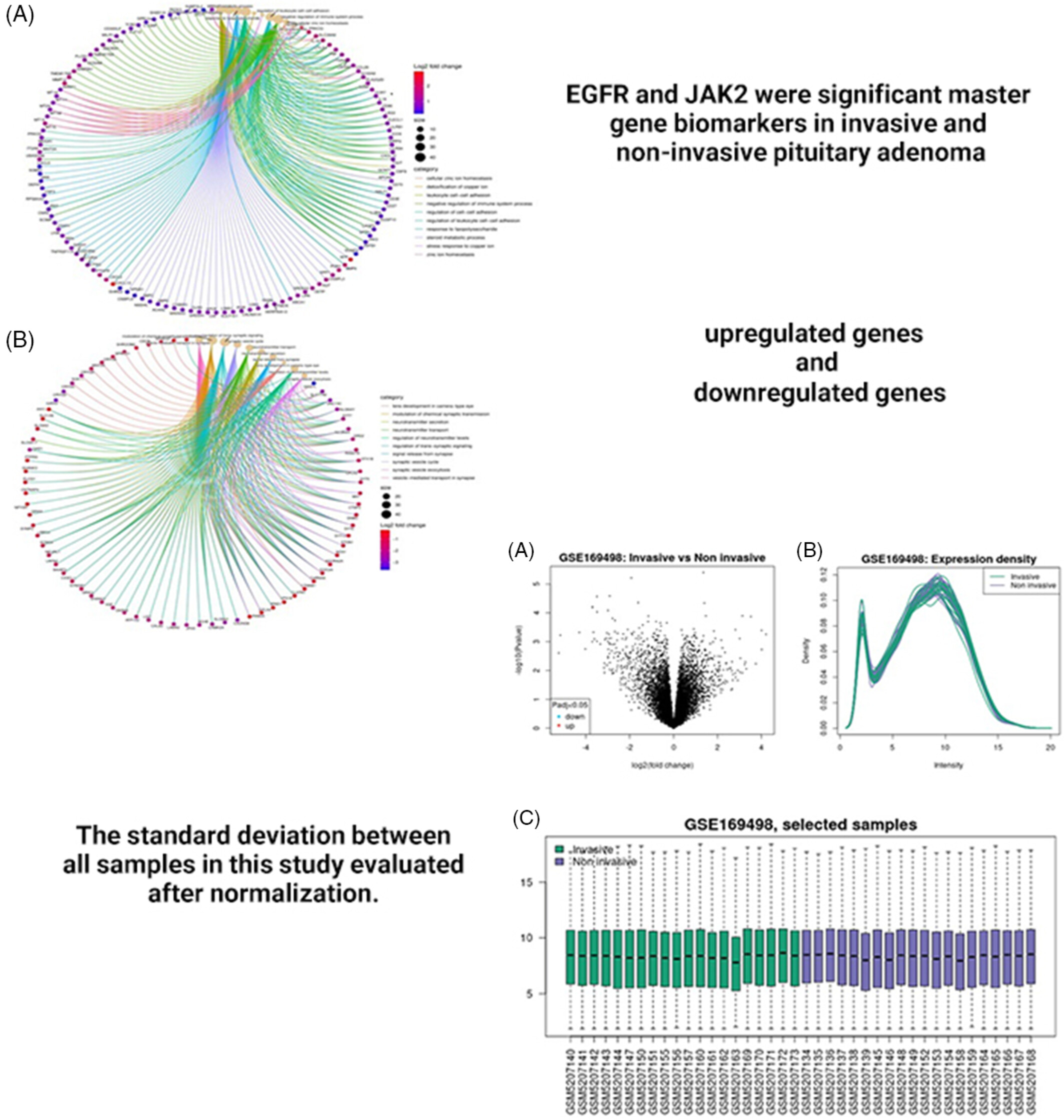
(A) Visualization of the interactions between upregulated and downregulated genes in invasive and non-invasive pituitary adenomas, highlighting the central role of EGFR and JAK2 as master gene biomarkers. (B) Expression density plots show the distribution of gene expression values after normalization, and volcano plots illustrate significant DEGs between invasive and non-invasive conditions. (C) Boxplots display the standard deviation across all normalized samples, ensuring consistent data preprocessing for downstream analysis.
Prostatectomy postoperative urinary incontinence: From origin to treatment
- Precision Medical Sciences
- 224-232
- 10 December 2023
Effect of nurse‐led and physician‐led multidisciplinary team palliative care on quality of life, negative emotions, and pain for cancer patients: A meta‐analysis
- Precision Medical Sciences
- 75-84
- 29 August 2024
Recent innovations in machine learning for skin cancer lesion analysis and classification: A comprehensive analysis of computer‐aided diagnosis
- Precision Medical Sciences
- 15-40
- 17 February 2025
Precision medicine approaches in epilepsy: A systematic review of genetic markers and personalized treatment strategies
- Precision Medical Sciences
- 72-83
- 24 June 2024
Effects of psychological interventions on fear of cancer recurrence: A systematic review and network meta‐analysis
- Precision Medical Sciences
- 84-98
- 4 June 2024
Which inflammatory marker might be the best indicator for sacroiliitis?
- Precision Medical Sciences
- 247-252
- 10 October 2023
p95HER2 expression in HER2-positive breast cancer with primary resistance
- Precision Medical Sciences
- 99-106
- 4 April 2024
Application of nurse-led CINV management scheme based on risk assessment in breast cancer patients
- Precision Medical Sciences
- 232-241
- 27 May 2024



